当前位置:网站首页>Detailed explanation of express framework
Detailed explanation of express framework
2022-07-06 11:36:00 【Advanced diary】
Express
Use express You can quickly create web Web server or API Interface server
1. establish express Of web The server
// Import express
const express = require("express")
// establish web The server
const app = express()
// start-up web The server
app.listen(8088,()=>{
console.log('http://127.0.0.1:8088');
})
2. monitor get/post request
// monitor GET Request and return the response content , The first parameter is the requested url
app.get('/get',(req,res)=>{
//req.query Get request is the parameter sent
console.log(req.query)//http://127.0.0.1:8088/get?name=zs&age=18
//{ name: 'zs', age: '18' }
// call express Provided res.send() Method , Set the returned JSON object
res.send({name:"zs",age:20,gender:" male "})
})
// monitor POST Request and return the response content , The first parameter is the requested url
app.post('/post',(req,res)=>{
// call express Provided res.send() Method , Set the returned JSON object
res.send({name:"zs",age:20,gender:" male "})
})
towards http://127.0.0.1:8088/post The return value of the send request is
{ "name": "zs",
"age": 20,
"gender": " male "}
3. To obtain parameters
// Static parameters
app.get('/get',(req,res)=>{
//req.query Get request is the parameter sent
//http://127.0.0.1:8088/get?name=zs&age=18
res.send(req.query)
//{ name: 'zs', age: '18' }
})
// Dynamic parameters
app.get('/getId/:id',(req,res)=>{
//req.query Get request is the parameter sent
//http://127.0.0.1:8088/getId/12
res.send(req.params)
})
// return
{
"id": "12"
}
// Multiple dynamic parameters
app.get('/getId/:id/:name',(req,res)=>{
//req.query Get request is the parameter sent
//http://127.0.0.1:8088/getId/12/zs
res.send(req.params)
})
// return
{
"id": "12"
"name":"zs"
}
4. middleware
//app.use() The function is to register the global middleware ,app.use('path',function()) The first parameter is the path. If it is / Omission
express There are three kinds of middleware
1. Built in middleware static
2. Custom middleware
3. Third-party middleware (body-parser) ( Interceptor )
app.use(express.static('public'))
app.use(express.static('dome'))
// You can directly access
http://127.0.0.1:8088/index.html
http://127.0.0.1:8088/index.css
http://127.0.0.1:8088/index.js
// Will prioritize public In the document index file , If you can't find it, find dome Medium index file
app.use('/public',express.static('public'))
// To access http://127.0.0.1:8088/public/index.html
// Customize the middleware with global effect Multiple middleware can be defined , The middleware will be called in sequence
app.use(function (req, res, next) {/* Indicates that it matches any route */
console.log(new Date())
next()/* Indicates that the middleware will continue to execute after the matching is completed .*/
})
// Local middleware
let func = function (req, res, next) {/* Indicates that it matches any route */
console.log(new Date())
next()/* Indicates that the middleware will continue to execute after the matching is completed .*/
}
// Multiple local middleware can be defined
app.get('/',func1,func2,(req,res)=>{
res.send('get router by :/')
})
// Use middleware to process request data
app.use(express.json())
app.use(express.urlencoded({extended:false})
// Use third-party middleware (body-parser) ( Interceptor )
1. npm install body-parser
// To middleware
const parser = require("body-parser")
// Register middleware
app.use(parser.urlencoded({extended:false})
//nodejs built-in querystring The module processes the query string and converts the query string into object format
const qs = require("querystring")
console.log(qs.parse(str))
5. nodemon
It can start the modified project less frequently ,nodemon It will automatically restart the project to facilitate development and testing
npm install -g nodemon
Use nodemon app.js To run the project , no need node app.js
6. route
1. Mount in the original way
const express = require("express")
const app = express();
// Mount route
app.get('/',(req,res)=>{
res.send('get router by :/')
})
app.post('/',(req,res)=>{
res.send('post router by :/')
})
app.listen(8088,()=>{
console.log("http://127.0.0.1:8088");
})
2. Use express route
// stay router.js Create a routing object in
const express = require("express")
const router = express.Router();
// Mount specific routes
router.get('/user/list',(rep,res)=>{
res.send("GER user list")
})
router.post("/user/add",(req,res)=>{
res.send("POST user add")
})
// Export routing objects out
module.exports = router
// stay index.js Reference route in
const express = require("express")
const app = express()
// Import routing module
const router = require("./router")
// Register routing module
app.use(router)
app.listen(8088,()=>{
console.log("http://127.0.0.1:8088");
})
//app.use('/api',router)// Add a uniform prefix to the route http://127.0.0.1:8088/api/user/add
7. To write get/post Interface
const express = require("express");
const app = express()
const router = express.Router()
app.use(express.urlencoded({extended:false}))
router.get('/get',(req,res)=>{
// Request data sent by the client
const query = req.query;
res.send({
status:0,//0 It means success ,1 It means failure
msg:"GET The request is successful ",// Description of the State
data:query// Data that needs to be responded to the client
})
})
router.post('/post',(req,res)=>{
// Request data sent by the client
const body = req.body;
// Configure the middle price of parsing form data
res.send({
status:0,//0 It means success ,1 It means failure
msg:"POST The request is successful ",// Description of the State
data:body// Data that needs to be responded to the client
})
})
app.use(router);
app.listen(8088,()=>{
console.log("get request ");
})
8.cors Cross domain solution
const express = require("express");
const cors = require("cors")
const app = express()
// Use third-party middleware to solve cross domain
app.use(cors())
// Customize cors Set up cross domain requests
var cors = function(req,res,next()){
res.header('Access-Control-Allow-Origin', 'http://localhost:8088');// Request address
res.header('Access-Control-Allow-Methods', 'GET,PUT,POST,DELETE');// Request mode
res.header('Access-Control-Allow-Headers', 'Content-Type');// Request header
next()
}
app.use(cors)
边栏推荐
- MTCNN人脸检测
- Integration test practice (1) theoretical basis
- Face recognition_ recognition
- [CDH] cdh5.16 configuring the setting of yarn task centralized allocation does not take effect
- 02 staff information management after the actual project
- Solution to the practice set of ladder race LV1 (all)
- [CDH] modify the default port 7180 of cloudera manager in cdh/cdp environment
- Unable to call numpy in pycharm, with an error modulenotfounderror: no module named 'numpy‘
- What does usart1 mean
- AcWing 1294.樱花 题解
猜你喜欢

When you open the browser, you will also open mango TV, Tiktok and other websites outside the home page
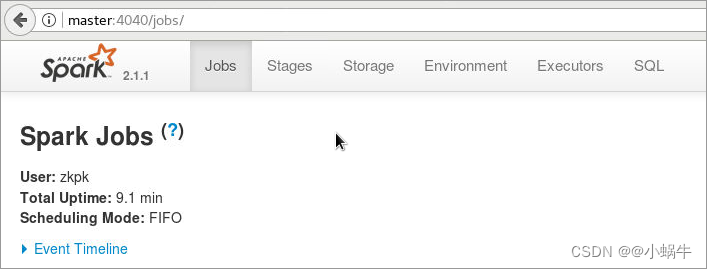
4. Install and deploy spark (spark on Yan mode)

分布式节点免密登录

Double to int precision loss
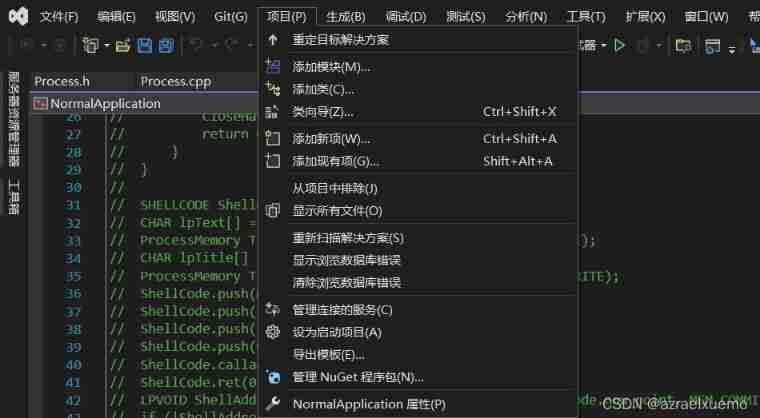
Learn winpwn (2) -- GS protection from scratch

Connexion sans mot de passe du noeud distribué
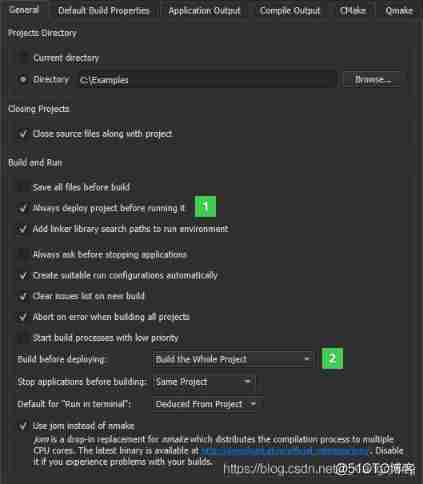
QT creator custom build process
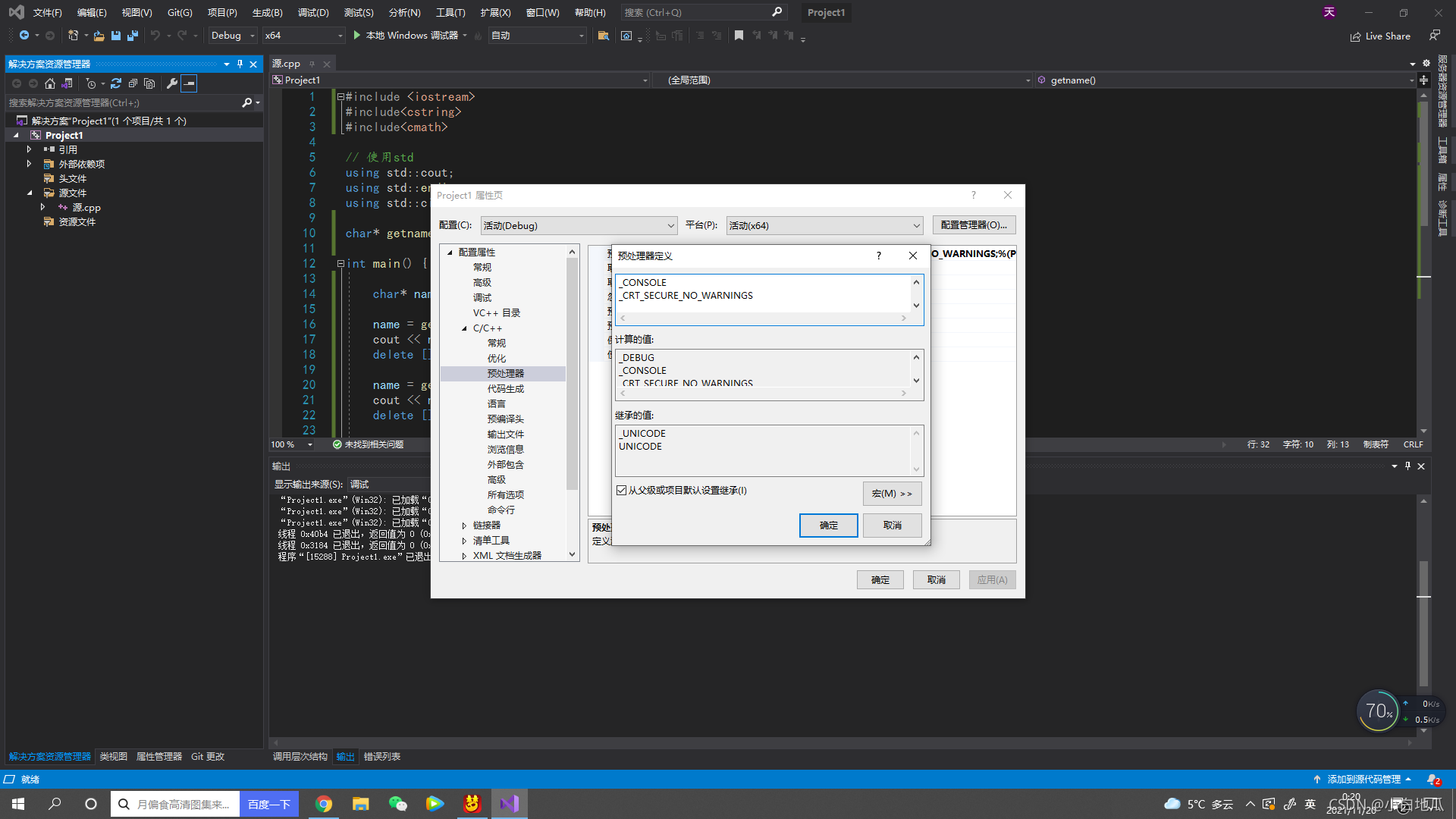
error C4996: ‘strcpy‘: This function or variable may be unsafe. Consider using strcpy_s instead
![[蓝桥杯2017初赛]方格分割](/img/e9/e49556d0867840148a60ff4906f78e.png)
[蓝桥杯2017初赛]方格分割
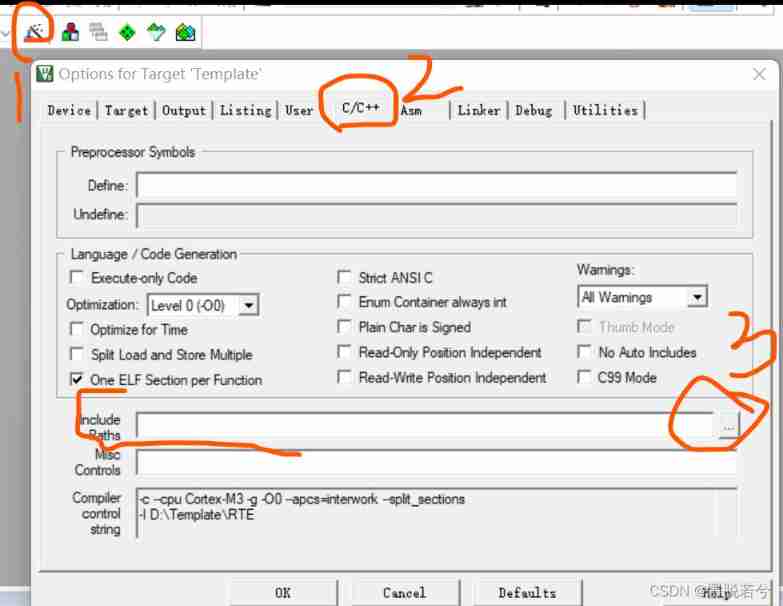
How to build a new project for keil5mdk (with super detailed drawings)
随机推荐
误删Path变量解决
In the era of DFI dividends, can TGP become a new benchmark for future DFI?
分布式节点免密登录
數據庫高級學習筆記--SQL語句
[蓝桥杯2017初赛]包子凑数
L2-004 这是二叉搜索树吗? (25 分)
Software testing and quality learning notes 3 -- white box testing
wangeditor富文本组件-复制可用
vs2019 使用向导生成一个MFC应用程序
L2-007 family real estate (25 points)
SQL time injection
Julia 1.6 1.7 common problem solving
[AGC009D]Uninity
{one week summary} take you into the ocean of JS knowledge
Neo4j installation tutorial
[yarn] CDP cluster yarn configuration capacity scheduler batch allocation
Codeforces Round #771 (Div. 2)
01 project demand analysis (ordering system)
How to build a new project for keil5mdk (with super detailed drawings)
Reading BMP file with C language